Djemila in Northern Algeria is one of the best-preserved Roman Ruins in all of North Africa; and it´s easy to understand why it´s named Djemila, meaning Beautiful in Arabic. “Lonely Planet has described Djemila as one of the world’s great archaeological sites. “
It´s also one out of the seven UNESCO world heritage sites in Algeria.

My photos in this post are not as good as my typical photos. I did visit the site during July, the time of year when the air is full of haze and dust from the Sharan desert in the southern part of Algeria. The temperature also reached +43C/109F in the shade, so it was a hot day to say at least.
The best time to visit this part Algeria is from March to May when the temperature is more relaxed, and the air is free of haze.
Djemila is one of the 3 Roman Ruins sites in Algeria that´s on the UNESCO World Heritage list, the two other being Tipasa and Timgad.
Djemila was added to the list in 1982. Located in the northeast of Algeria, Djemila is easiest visited as a day trip from the great city of Constantine, the third biggest city in Algeria.
A Brief History Of Djemila
Djemila was founded by the Roman Emperor Nerva Tarjan (53 AD -117 AD) as a Roman military garrison in the 1st century AD, but back then the name was Cuicul. It´s built at an altitude of 900 metres (3,000 ft) high narrow triangular plateau, where it overlooks two rivers and holds a cooler temperature than the rest of northern Algeria.
Cuicul continued to grow as Roman Garrison with as a home to Roman soldiers but later developed into a trade centre that flourished during the 2nd and early 3rd century when more than 20 000 lived here.
Christianity reached Cuicul in the 4th century, and the town got expanded with a Christian quarter. Cuicul was then slowly abandoned after the fall of the Roman Empire around the 5th century and 6th century and got abandoned entirely by the end of the 6th century when the Arabic invasion arrived in this part of Africa.
The Arabs never did reoccupy the site of Cuicul, but they later renamed it Djemila which means Beautiful in Arabic.

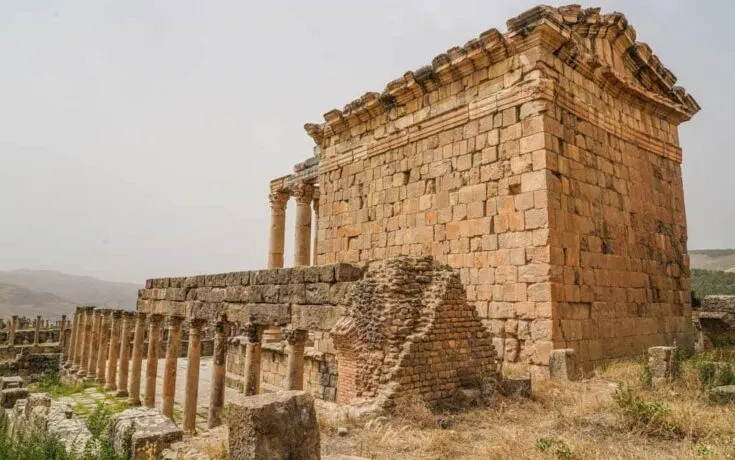
Famous Landmarks in Djemila Algeria.
Cuicul is home to typical Roman architecture such as Roman temples, basilicas, arches, baptistery, two forums and the theatre which is located right outside the city walls because it had a capacity of 3, 000 people.
There are also two cobbled Roman streets around Cuicul the Cardo Maximus and the Decumanus Maximus. Most of Cuicul was once covered by mosaics, which is now located at the museum together with the remains of a few old statues. The museum is located at the entrance to the site.
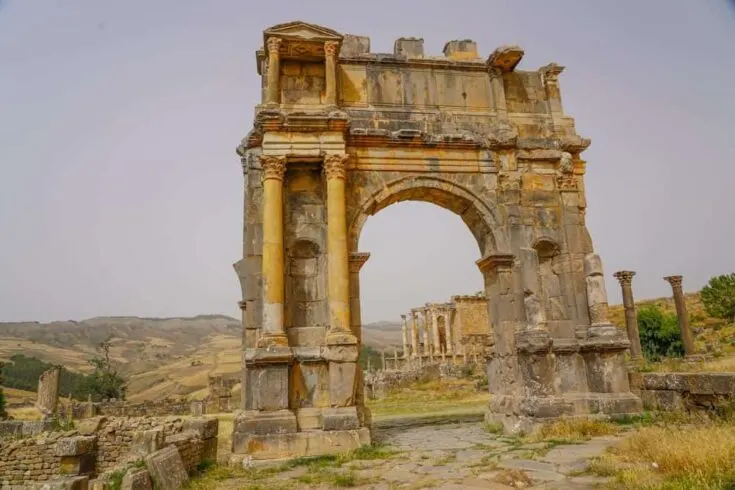
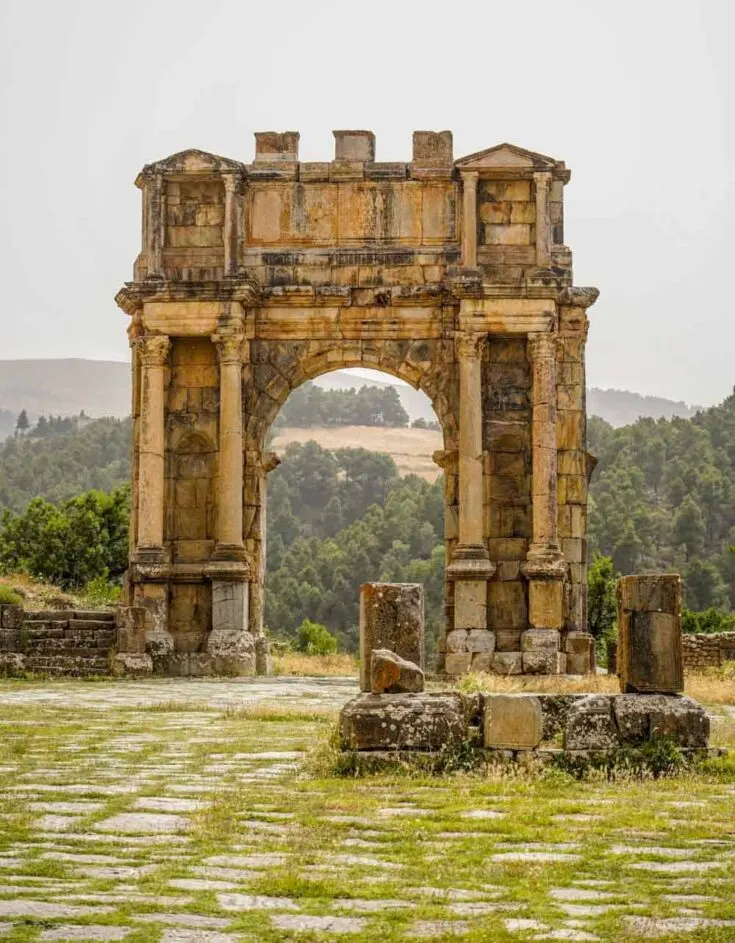
The Arch of Caracalla was the entrance to the town, it´s 12.5m tall and was built in the year of 216 to honour to the Roman Emperor Caracalla.
The arch was dismantled by the French in 1839 and planned to be shipped to Paris, but this was never completed. The arch was reconstructed in 1922 at its original spot.
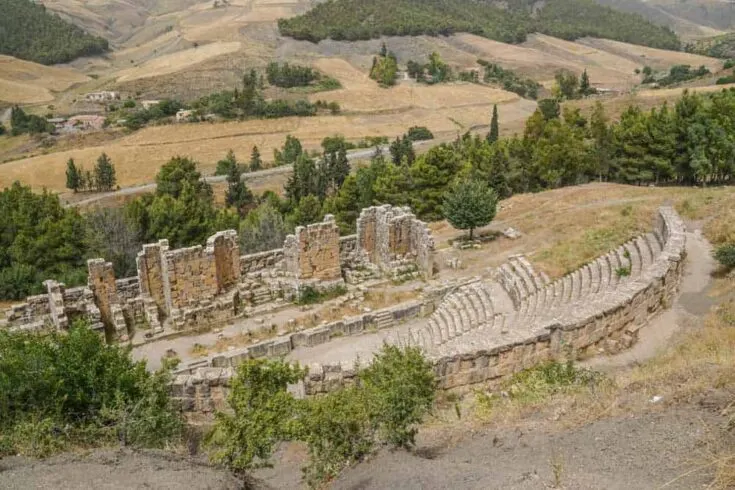
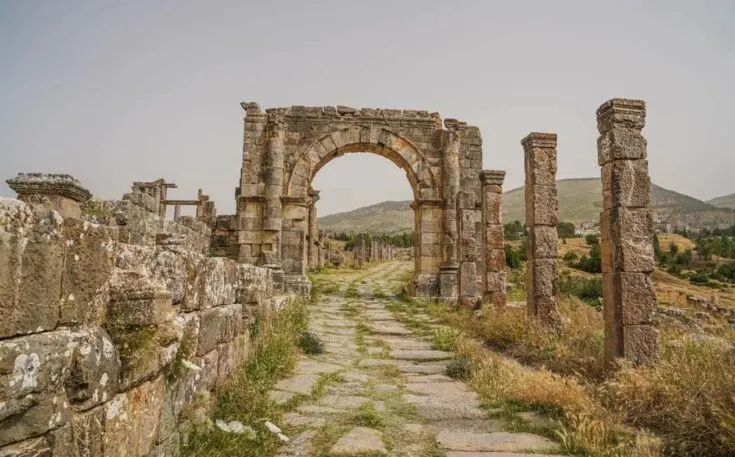
Djemila Museum located right at the entrance get to the site is said to be home to one of the preserved collection of Roman Mosaic in the world, there are also the remains of statues on display. The local good at the museum is incredibly knowledgeable about the mosaic and the rest of Cuicul.
A full of the museum and the Cuicul takes around 2 hours, He speaks completely fluent English and can answer every question you will have about the site.
All the Mosaic in the museum was once decorating the walls and buildings around Cuicul and found during the excavated that happened around the area between 1909 and 1957.
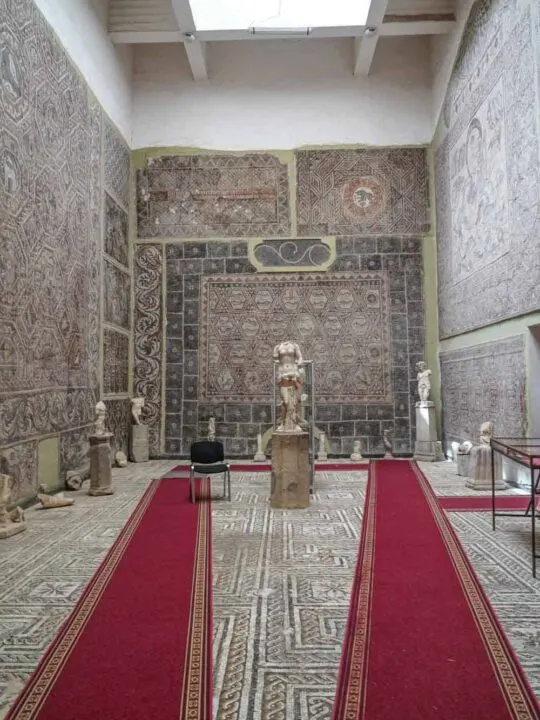
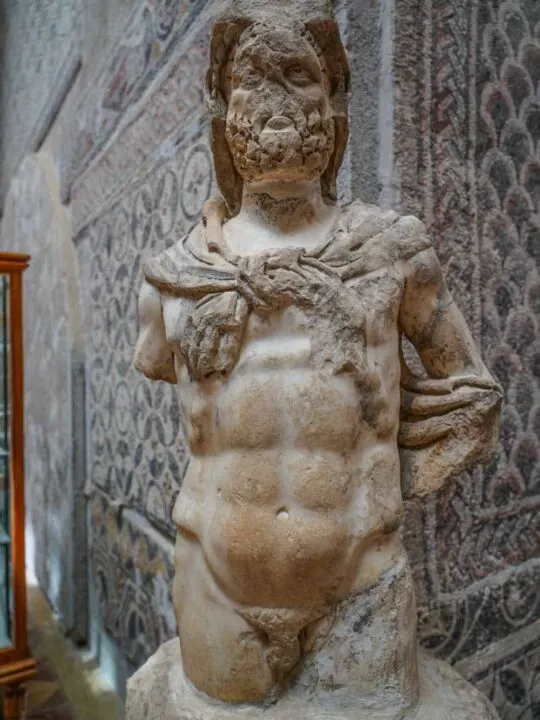
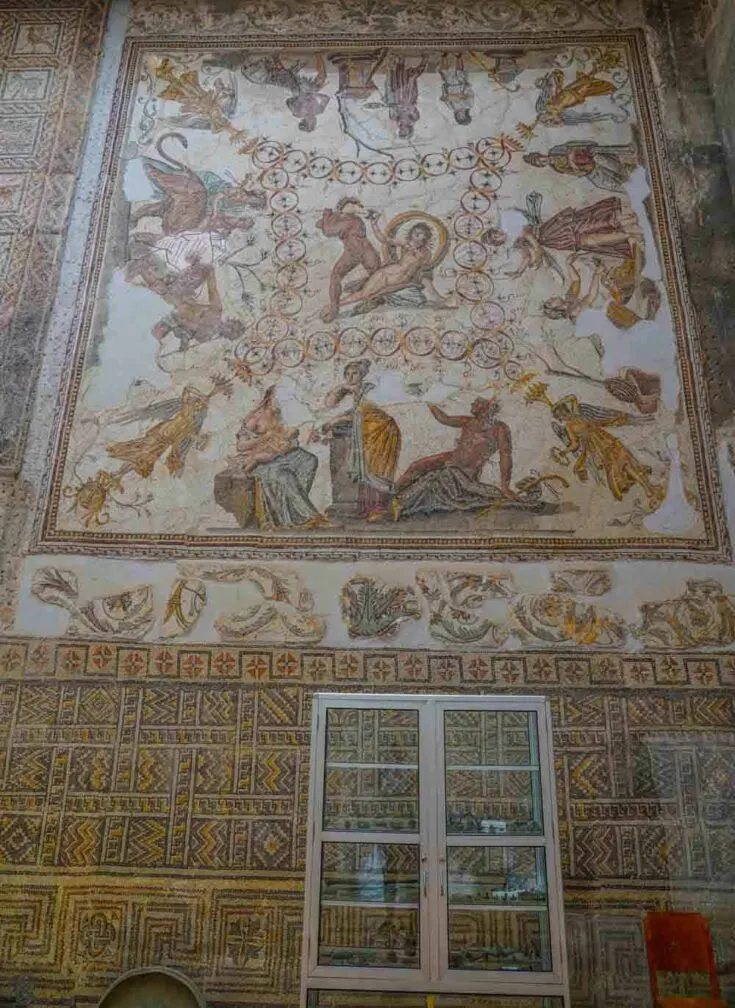
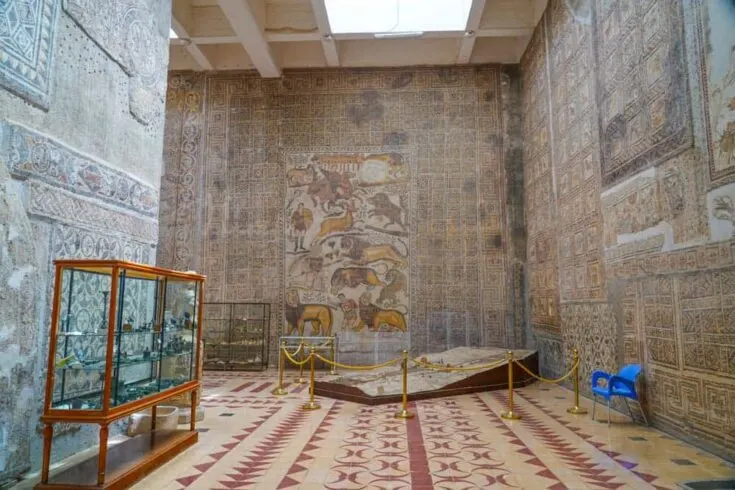
More photos of Cuicul / Djemila.
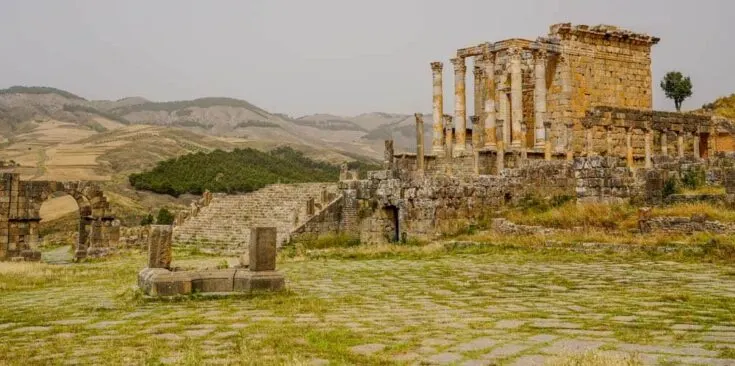
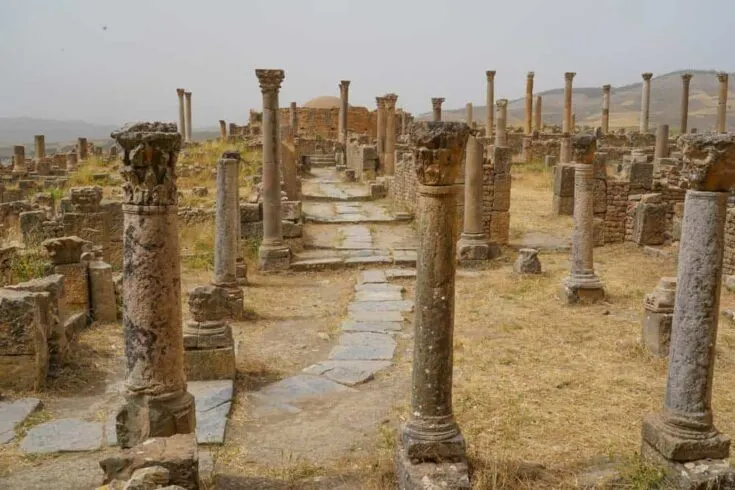
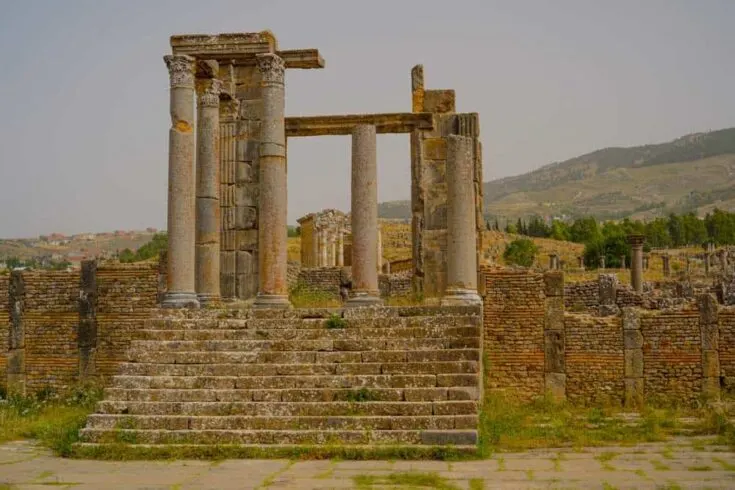
Additional Information about Cuicul / Djemila.
Getting To Djemila:
The closest town to Djemila is Sétif which is located 46km/28,5 miles away, 90min bus ride.
Setif is one of the main cities in eastern part Algeria since it is considered to be the trade capital of the country, so it´s no surprise that it´s an easy city to reach with public transportation from both Algiers and Constantine. But the city is also home to an archaeological museum, and the remains of a Byzantine citadel.
Setif was where the 8 May 1945 Massacre took place, a Massacre where the French Army killed up to 6000 – 45 000 (depending on the source) Civilians.
Busses to Algiers (4hours) and Constantine (2hours) leaves throughout the day from the bus station south-west of the city centre.
Where To Stay in Djemila:
It´s no shortage of hotels in Setif, but almost none of them offers booking online. But two hotels that offer online booking is Best Western Plus Setif hotel if you prefer to stay in a western-style hotel that has all the facilities you would expect.
El Kenz Hotel is a good local hotel.
Entrance Fee To Djemila:
100AD every tourist site and a museum in Algeria has an entry price of D100 (0.8 Usd)
Like it? Share It! Pin It!
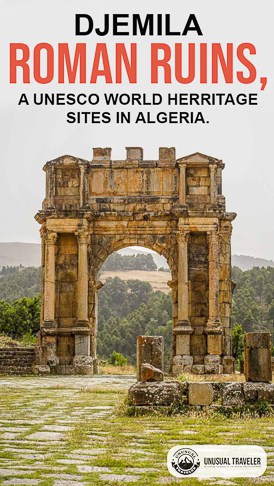
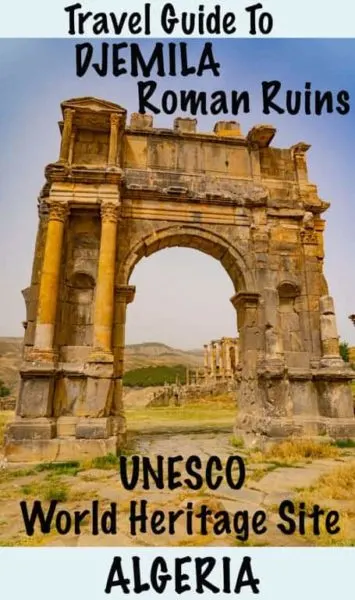

Piet Ransijn
Thursday 13th of July 2023
I would like to ask permission to use obe picture for a book on the writer Albert Camus who wrote about Djemila in his essays of his book Noces. Prefarably: the on of Cardo Maximus Road. Looking forward foro your permission,
Christian L.
Thursday 20th of July 2023
Hello Piet.
Sorry for the late reply, but yes you can use the photo
Anne Witteveen
Wednesday 29th of April 2020
After reading about this beautiful city of Constantine, it is definitely on my "bucket list"...
Christian L.
Wednesday 29th of April 2020
Helle Anne. You should, it´s an amazing city, I´m definitely going back in the future, but ill try to stay away from July and the hot summer months next time:)
Elamir khaled eldjazairy
Tuesday 25th of February 2020
A country full of wonders
Lewis Ham
Wednesday 7th of November 2018
Looks amazing. Was it safe? Did you travel by yourself in Algeria? How did it you find it?
Christian L.
Wednesday 7th of November 2018
Hello Lewis. Most of Algeria is very safe, I did have a local guide for some parts of Algeria, but it´s not really necessary. I'm definitely going back to Algeria in the future, the country was amazing, very friendly locals and dirt cheap compared to Europe unfortunately so is the visa a bit of a pain.